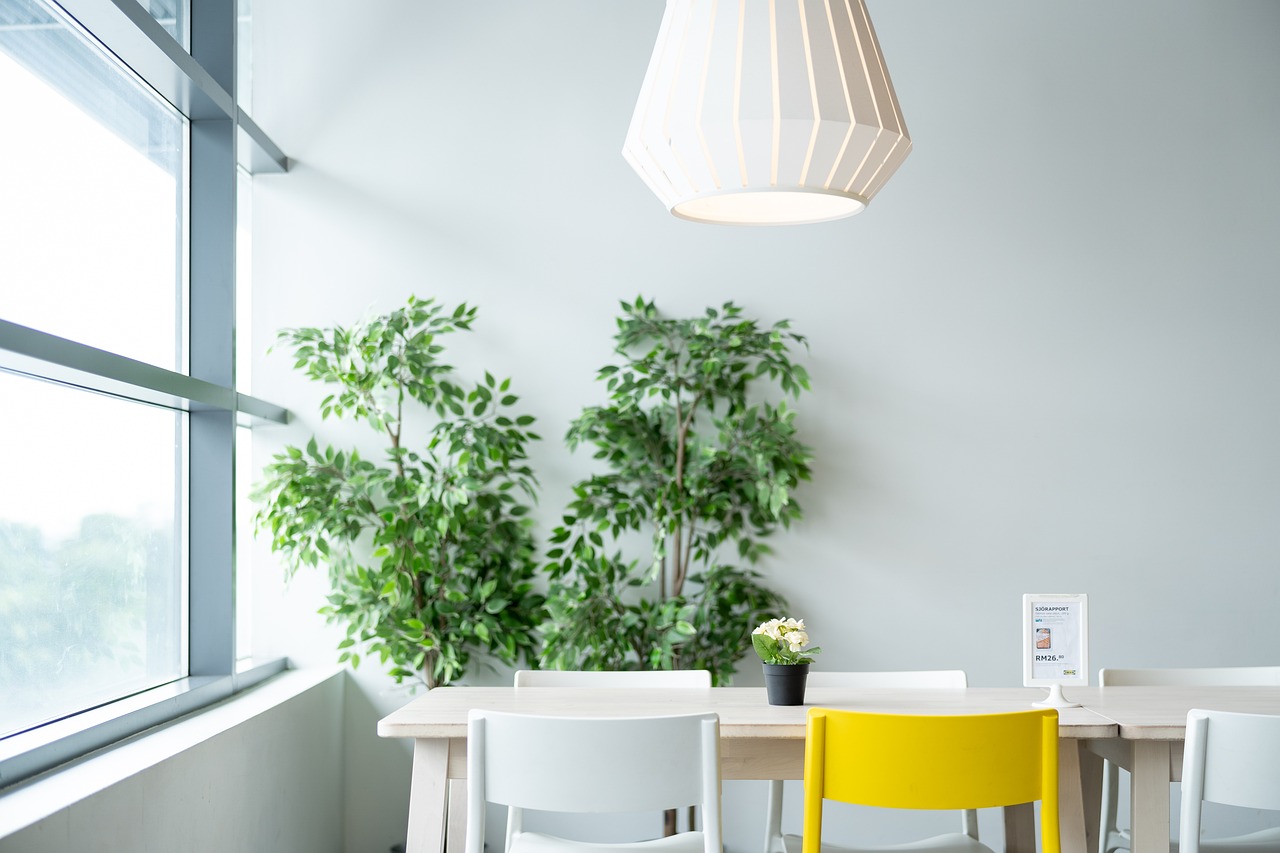Plants in Classrooms and Learning Spaces
We have discussed the benefits of plants in the home, the workplace, and in medical facilities, but today, we look at a different environment where greenery offers significant advantages – classrooms. In addition to contributing to the atmosphere, helping with air quality, and even bolstering creativity – plants can also provide powerful learning opportunities. In fact, there are many benefits when integrating plants into classrooms and learning institutions – let’s take a look.
- Plants Freshen the Air: Plants help eliminate pollutants from the air in any space by absorbing toxins into their leaves and roots. The natural process of photosynthesis helps to balance any CO2 by releasing oxygen, which can help to boost productivity and focus. Simply placing a few large leafy plants in the corners of the classroom can increase or decrease the humidity level, helping students who may have breathing issues and improving the overall quality of the air.
- Plants Elevate a Sense of Wellbeing: The aesthetic contribution that plants make to an often sterile environment is enough to boost the overall mood of the room. A few well-placed plants can change a dull, lifeless room into a vibrant space that students enjoy. The term biophilia refers to the affinity and enjoyment humans feel around nature and natural elements. Classrooms and learning spaces that showcase plants positively impact children’s psychological well-being and development by reducing student anxiety, lowering the incidence of illness, and even improving attendance.
- Plants Teach Important Environmental Lessons: The best way to teach students about the important role plants play on the planet is to have them in the classroom. Students can learn first-hand what it takes to allow a plant to grow and thrive. When they experience firsthand the joy of cultivating and caring for a plant, they develop a sense of stewardship that connects them to the natural environment and allows them to love and protect plants of all kinds.
- Plants Provide Great Lesson Plans: Having plants onsite to create lesson plans around is beneficial for both teachers and students. Working on living specimens reveals plant growth over time, as well as the variables that may affect their survival. Plants can be used for more than biology lessons, as students can measure plant growth in math class, create still-life drawings for art class, or use a unique plant as a writing prompt.
Expert Tip: Incorporate plant care as a classroom job to encourage students’ hands-on learning.
Beyond Classrooms: Plants in Study Halls and College Lounges
While the first part of this article focused on having plants in actual classrooms, we would also like to discuss the value of live green plants in common areas on campuses of higher learning.
Plants are known to alleviate stress and promote a sense of well-being and peace, which can be exceptionally beneficial on a college campus – where students can experience anxiety about classes, schedules, finances, and grades. Designing spaces of relaxation and respite is an effective way to help students process their stress healthily and naturally. By installing potted plants and trees, living walls, or water features surrounded by native plants, administrators can deliver a quiet space to unwind and destress.
Plants also work to absorb sound, making them a great addition to study halls and libraries. And given the ability of green plants to improve focus, concentration, and productivity, their inclusion on university campuses is all the more practical.
Trust Tropex to Design Green Spaces for Learning
If you are responsible for maintaining an educational campus, the horticulturalists and botanists at Tropex can help you integrate beautiful plants and trees to elevate your space. Students, teachers, and administrators will all appreciate being surrounded by organic beauty that soothes and inspires.



